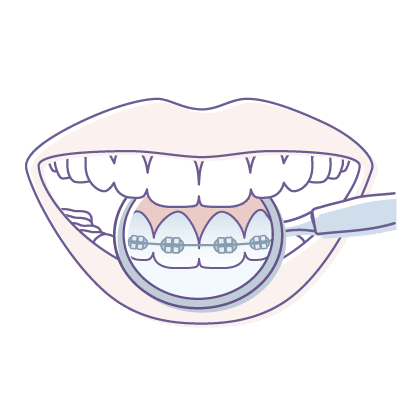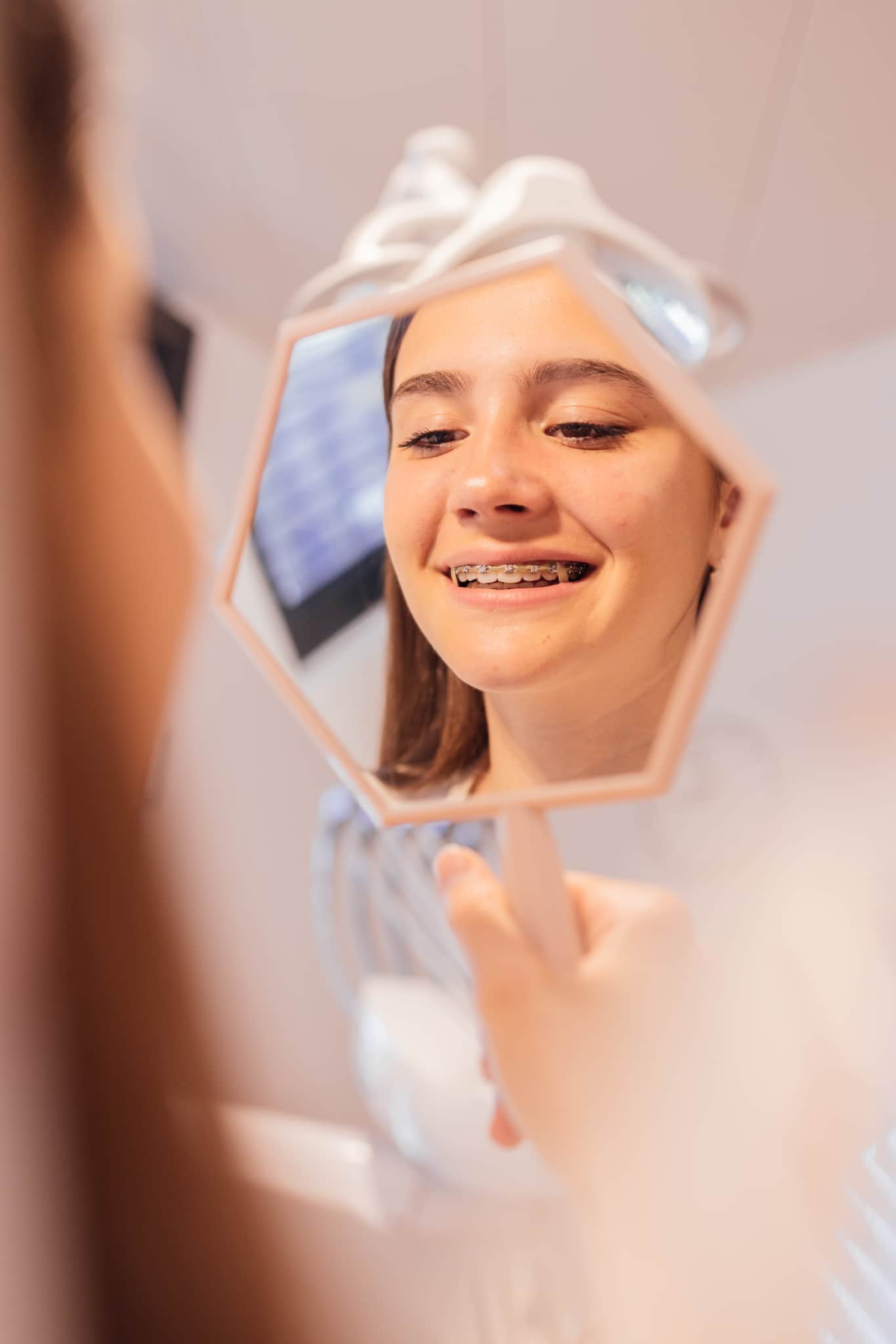Pricing
The fees charged by our hygienists, dentists, orthodontists, surgeons and aesthetic specialists at the Clinique d’Hygiène Dentaire: the page that reconciles you with dentistry

In full transparency
At CHD, we offer you the very best in dental hygiene, with unbeatable value for money. Before each treatment, we draw up an estimate and undertake not to exceed it. The 1st consultation and the hygiene sessions are payable on the spot. For all other treatments, you have the option of paying using one of 3 methods, depending on your preferences:
Payment over
24 monthly instalments, interest-free*.
Payment directly on site
at the end of each treatment session
Medical credit with our partner
*Depending on creditworthiness
Dental treatment under laughing gas or general anaesthetic?
At CHD, this is perfectly possible thanks to our team of anaesthetists, and all you have to do is talk to your dentist about scheduling it for your next treatment.

Our packages
3 ways to relax
Hygiene and Prevention
It all starts with prevention
| Teeth cleaning and polishing with check-up Teeth cleaning + polishing + 2 x-rays + check-up by dentist | 190.- | |
| Teeth cleaning and polishing Teeth cleaning + Polishing + Inspection + 2 X-rays | 140.- Discover | |
| Teeth cleaning and polishing for patients with implants Teeth cleaning + Polishing + Check-up + 2 X-rays | 140.- Discover | |
| Teeth cleaning and polishing for orthodontic patients Teeth cleaning + Polishing + Check-up + 2 x-rays | 140.- Discover | |
| Fast polishing Fast polishing 20 min | 42.- Discover | |
| Periodontal treatment | on quotation Discover |
Dentistry
Taking care of your oral health
Orthodontics
Transparent aligners, Invisalign, classic or lingual braces:
enhance your smile with our orthodontic specialists.

Invisalign aligners
| Rate for 2 arches (top & bottom) | Rate for 1 arch* (if treatment possible) (if treatment possible) | |
|---|---|---|
| Complex cases | 8500.- 355/month over 24 months | 6000.- 250/month over 24 months |
| Average case | 6000.- 250/month over 24 months | 4500.- 188/month over 24 months |
| Simple case | 4500.- 187.5/month over 24 months | 3500.- 146/month over 24 months |

Regular Braces
| Rate for 2 arches (top & bottom) | Rate for 1 arch* (if treatment possible) (if treatment possible) | |
|---|---|---|
| Complex cases | 9000.- 375/month over 24 months | 5000.- 209/month over 24 months |
| Average case | 6000.- 250/month over 24 months | 4000.- 167/month over 24 months |
| Simple case | 4500.- 187.5/month over 24 months | 3000.- 125/month over 24 months |

Lingual braces
| Rate for 2 arches (top & bottom) | Rate for 1 arch* (if treatment possible) | |
|---|---|---|
| Complex cases | 11000.- 459/month over 24 months | 6000.- 250/month over 24 months |
| Average case | 9000.- 375/month over 24 months | 5000.- 209/month over 24 months |
| Simple case | 7000.- 292/month over 24 months | 4000.- 167/month over 24 months |
| Change broken retainer | 750.- per arch |

Aesthetic Dentistry & Smile makeover
Because dental medicine goes beyond the medical sphere, and is also part of well-being.
| First orthodontic consultation This will be offered if the treatment continues | 95.- |
| Teeth whitening ZOOM! whitening at home ZOOM! in-clinic whitening + ZOOM! at-home whitening | 390.- 750.- Discover |
| Aligners | from 2000.- to 6500.- Discover |
| Dental veneers | ~1100.- Discover |
| Dental jewellery Fitting of dental jewellery | 80.- Discover |
Dental Surgery
The most meticulous treatments, carried out by surgical specialists selected by the Clinique d’Hygiène Dentaire.
| Dental implants Implant + crown | ~3100.- Discover |
| Extraction of wisdom teeth | from 150.- to 500.- Discover |
| Gum graft Exact quotation before treatment. | on quotation Discover |
| Surgical periodontology | ~800.- Discover |
| Oral medicine and pathology Exact quotation before treatment. | on quotation Discover |
| All on 4 | on quotation Discover |
| All on 6 | on quotation Discover |
| All on 8 | on quotation Discover |
It all starts at an early age!
| First orthodontic consultation for children This will be offered if the treatment is continued | 95.- Discover |
| Emergencies According to treatment | ~150.- Discover |
| Check-up Children’s dental check-up with 2 check-up X-rays Children’s dental check-up with 2 check-up X-rays as part of the Clean package | 95.- 50.- Discover |
| Teeth cleaning and polishing Teeth cleaning + Polishing + Check-up for Children (under 10) Teeth cleaning + Polishing + Check-up for Children (over 10 years old) | 79.- 140.- Discover |
| Treatment of cavities Treatment of cavities in children | from 90.- to 250.- Discover |
| Sealing dental fissures Fissure sealing | 150.- /4 molars Discover |
| Orthodontics Orthodontics for young children (aged 6 to 10) Orthodontics for teenagers (11 to 16 years) | Discover from 2500.- to 3500.- from 6000.- to 9500.- |

#Let’s commit together to prevention
We donate 5% of all our CHD KIDS fees to Patouch, the French-speaking association for the prevention of violence against children.